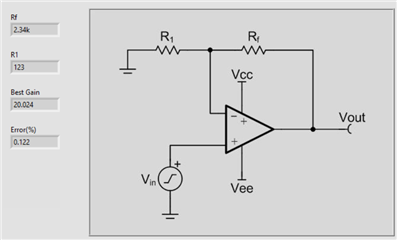Dear all,
I am using an oxygen sensor that has 10K impedance. I need to interface to an op amp and ADC of MSP430F5438A. When I interface to an op amp to amplify the output of the O2 Sensor do I need to add 10K to the input terminal of the op amp to match the O2 sensor impedance please?
Thanks,
mmsya.


